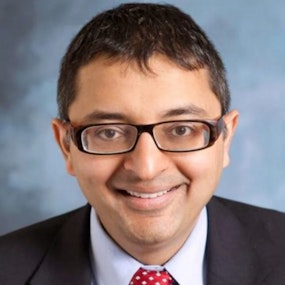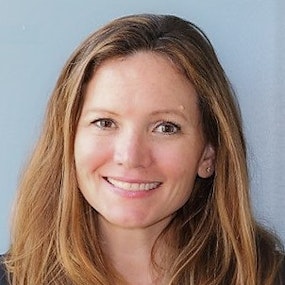ROBERT JOHNSON:
This is Public Health Review Morning Edition for Friday, August 26th, 2022. I'm Robert Johnson.
Now, today's news from the Association of State and Territorial Health Officials.
CAROLYN MULLEN:
We are asking the administration to release the Infectious Disease Rapid Response Reserve Fund immediately to provide flexible funding for public health jurisdictions as they deal with this growing infectious disease outbreak.
JOHNSON:
ASTHO senior vice president Carolyn Mullen on a letter CEO Mike Fraser sent to the White House late this week seeking additional funding to help states and territories respond to the monkeypox outbreak.
MULLEN:
To date, there have been no additional resources provided for monkeypox funding. Federal agencies have provided flexibility so states can use our COVID-19 supplemental funding to address monkeypox. But again, as it grows in scale and scope, states are saying they need additional resources. The COVID-19 money is meant for the COVID-19 pandemic that we are still dealing with today.
JOHNSON:
And how would ASTHO members use the money?
MULLEN:
Right now, states are saying they need surge capacity to hire staff to administer the monkeypox vaccine, which is pretty complicated. We also need to educate populations and communicate to the broader public about what is happening with this outbreak and how to prevent it from spreading. We also need more epidemiologist capacity in the states and surveillance and upgrading IT systems and hiring legal staff to help deal with the complexities of data sharing and federal and state law compliance.
JOHNSON:
Mullen says the reserve fund is designed for this kind of emergency.
MULLEN:
So, the Infectious Disease Rapid Response Reserve was established in 2019 by the Appropriations Committee, and it was meant to be a bridge between when there's an infectious disease outbreak and when Congress acts. It is our understanding there's about $550 million in the Infectious Disease Rapid Response Fund, and the administration and federal agencies could actually push that money out to the states right now so we don't have to wait for Congress to act.
JOHNSON:
You can read Mike Fraser's Letter to the White House using the link in the show notes.
ASTHO president Dr. Nirav Shah is thinking about the monkeypox response
NIRAV SHAH:
As a country, we have a lot more to do. I don't think testing is still as robust as it ought to be. And the vaccination effort, although it's going well, has more mountains to climb.
As states, however, as states, I think states have taken the baton from monkeypox and have run with it exceptionally well.
JOHNSON:
Shah is director of the Maine Center for Disease Control and Prevention. He says the pandemic has prepped his department and others for the monkeypox outbreak.
SHAH:
So, for example, when it came time to enter the vaccination data in the database for a brand new vaccine, we knew how to do that because we've been doing it throughout COVID. I don't know that it translates to every single outbreak out there; but certainly when it comes time to a novel pathogen or, in the case of monkeypox, a pathogen that we knew about even though it had not really visited our shores in many years, the response time is that much quicker now.
JOHNSON:
Shah says the response proves that public health, once again, has answered the call.
SHAH:
We've all got more work to do, but I'm really proud of the work that state health departments have done. Coming off the heels of two plus years of activation around COVID, to get right back up there and get back in the game, that's what we do.
JOHNSON:
Finally today, ASTHO has a new speakers bureau with a lineup of public health experts available for your next event. Get more information and submit a speaking request using the link in the show notes.
That'll do it for today's newscast. We are back Monday morning with more ASTHO news and information.
I'm Robert Johnson. You're listening to Public Health Review Morning Edition. Have a great weekend.






